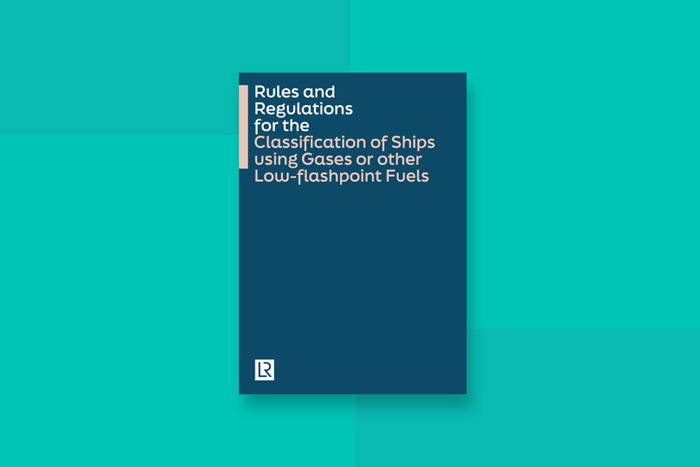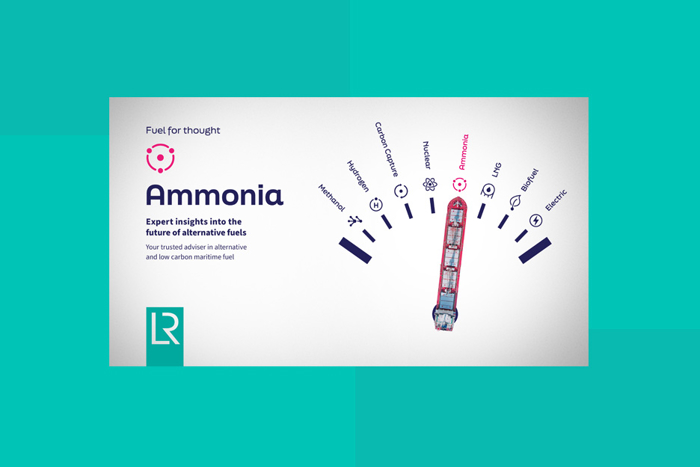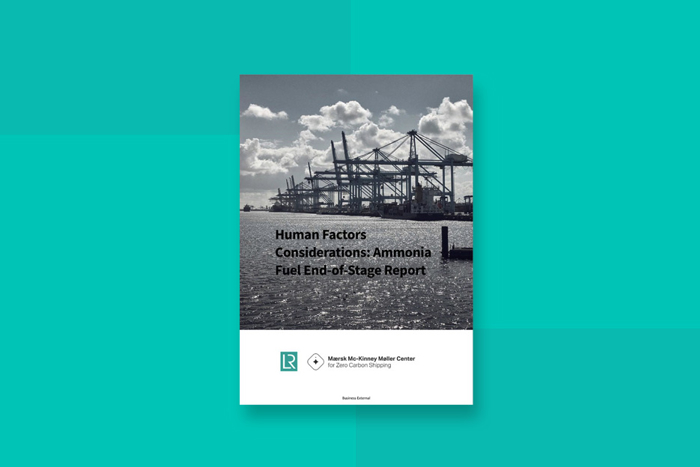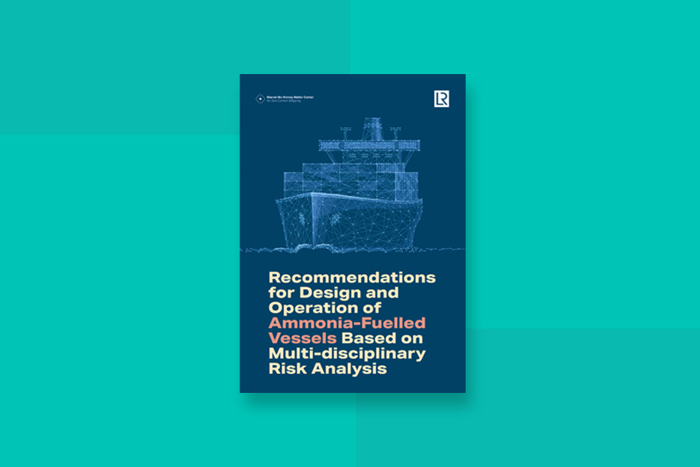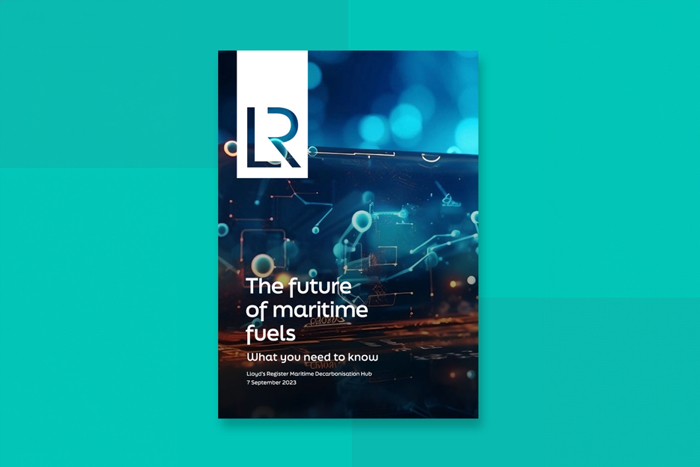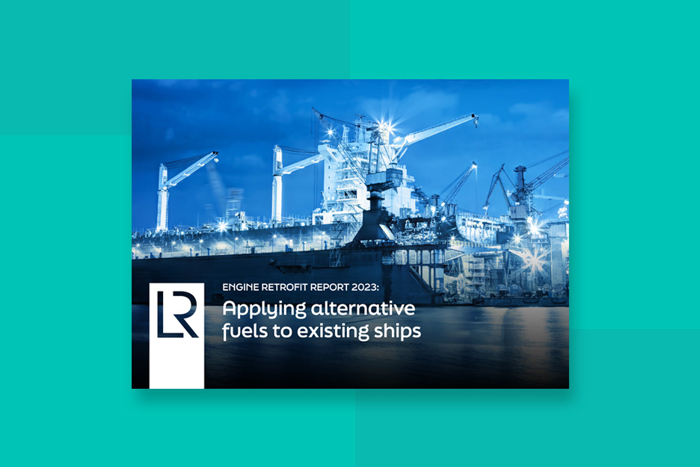Ammonia fueled ships
As the shipping industry strives to reduce its environmental impact, the potential of ammonia as fuel in shipping has emerged as a potential low-carbon option with promising characteristics. Unlike traditional marine fuels, ammonia is virtually free of sulphur oxide (SOx) and particulate matter (PM) emissions, contributing to cleaner air quality. When produced using renewable energy, ammonia can achieve a lifecycle greenhouse gas (GHG) emission reduction of up to 90% compared to traditional fossil fuels. This makes it a viable option for achieving the International Maritime Organization's (IMO) target of reducing GHG emissions by at least 50% by 2050.
Advantages of Ammonia as a marine fuel
Ammonia can be used in various ammonia powered engines, including dual-fuel engines that can switch between ammonia and conventional fuels. Its high energy density and low viscosity make it suitable for long-range shipping operations.
Ammonia marine fuel safety
However, the widespread adoption of ammonia fueled ships faces storage and bunkering infrastructure challenges. Safe and efficient ammonia handling requires specialised equipment and facilities currently limited in the shipping industry. Ammonia holds significant potential as a low-carbon fuel for maritime, offering a path towards cleaner, more sustainable operations. Whilst challenges remain, ongoing research and development efforts are paving the way for a future where ammonia plays a major role in decarbonising the maritime sector.
Latest content, downloads and tools
Back to: Fuel for thought hub







